Introduction

The golf apparel market has been on a remarkable growth trajectory in recent years. According to market research, the global golf clothing market size was valued at USD 45.41 billion in 2023 and is projected to reach USD 69.22 billion by 2030, growing at a CAGR of 6.3% from 2024 to 2030. This growth can be attributed to the increasing popularity of golf as a sport, both among professional players and amateurs. The sport's unique blend of physical activity, strategy, and social interaction has attracted a diverse range of enthusiasts worldwide.
In parallel with this growth, there has been a significant shift in consumer preferences towards personalized and custom golf wear. Modern consumers, whether they are professional golfers looking to stand out on the course, or amateurs expressing their individual style, demand clothing that not only meets the functional requirements of the sport but also reflects their personal taste. This demand for customization has become a driving force in the golf apparel industry.
Small - batch printing processes have emerged as a crucial solution to meet these evolving consumer demands. They offer the flexibility to produce unique, customized designs in limited quantities, which is especially beneficial for golf apparel startups, individuals with specific design ideas, and even established brands looking to test new design concepts. Small - batch printing allows for quick turnaround times, reduced waste, and the ability to cater to niche markets. As we will explore in this article, understanding these printing processes is essential for anyone involved in the creation, sourcing, or purchase of golf apparel.
1. The Landscape of Golf Clothing Manufacturing
1.1 The Rise of Golf Apparel Startups and Customization Demand
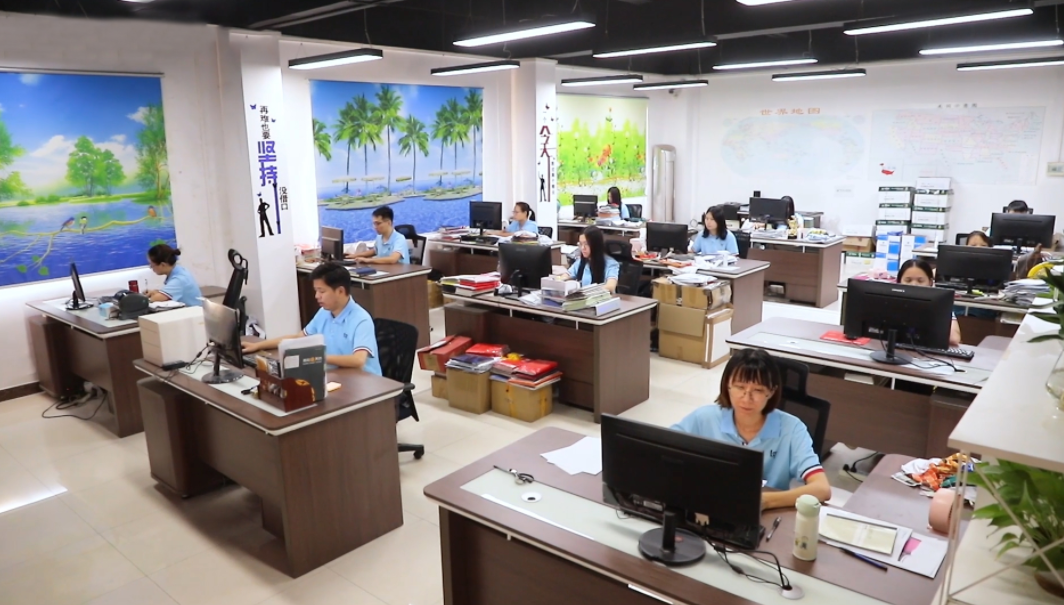
In recent years, the golf apparel market has witnessed a significant influx of startups. These new - comers are bringing fresh perspectives, innovative designs, and a focus on niche markets. For example, emerging brands are targeting specific demographics such as young, fashion - conscious golfers or female golfers who have long been underserved in the traditional golf apparel market.
The demand for customization in golf clothing has been on the rise, driven by several factors. Firstly, consumers today are more individualistic and want to stand out on the golf course. They desire clothing that reflects their personal style, whether it's through unique color combinations, personalized logos, or custom - designed patterns. Secondly, the growth of social media has played a role. Golfers, especially amateurs, often share their golfing experiences on platforms like Instagram and TikTok. Wearing customized, eye - catching golf wear can increase their social media presence and engagement.
Moreover, corporate clients and golf clubs are also seeking customized golf apparel. Companies use custom - branded golf clothing as promotional items for corporate events or as part of their employee uniforms for golf - related activities. Golf clubs often want to provide their members with exclusive, branded apparel that represents the club's identity.
1.2 The Role of Customization in Meeting Diverse Needs
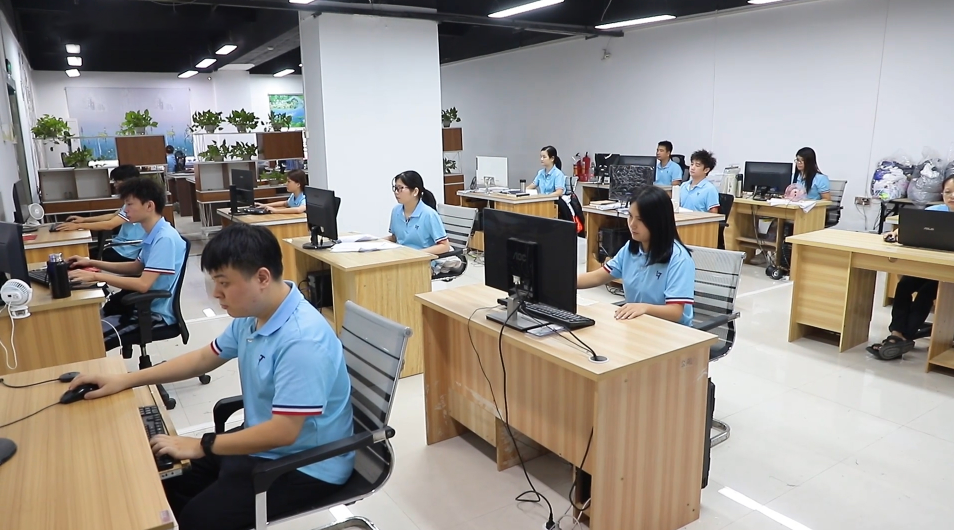
Customization is a powerful tool that caters to a wide range of clients. For golf apparel startups, it allows them to create a unique brand identity from the start. By offering customized products, these startups can differentiate themselves from larger, more established competitors. They can target specific customer segments with tailored designs, such as sustainable golf wear for environmentally conscious consumers or trendy, street-style-inspired golf apparel for the younger generation.
For established brands, customization provides an opportunity to refresh their product lines and engage with customers on a deeper level. They can offer limited - edition, customized collections that appeal to their loyal customer base as well as attract new customers. For example, a luxury golf apparel brand might offer custom - embroidered logos on their high - end polo shirts for clients who value exclusivity and personal touch.
Individual consumers also benefit greatly from customization. They can choose the fabric, color, and design elements that suit their preferences and body types. A golfer who plays in tropical climates can opt for sweat - resistant fabric in bright, heat - reflecting colors, while a golfer who prefers a more classic look can choose a traditional color palette with a personalized monogram.
In terms of market competitiveness, customization can give a brand a significant edge. Brands that offer customization can charge premium prices for their unique products. It also helps in building customer loyalty, as customers are more likely to return to a brand that can fulfill their specific needs. Additionally, customization allows brands to gather valuable feedback from customers, which can be used to improve product designs and develop new product lines.
2. An In-Depth Look at Small-Batch Printing Techniques
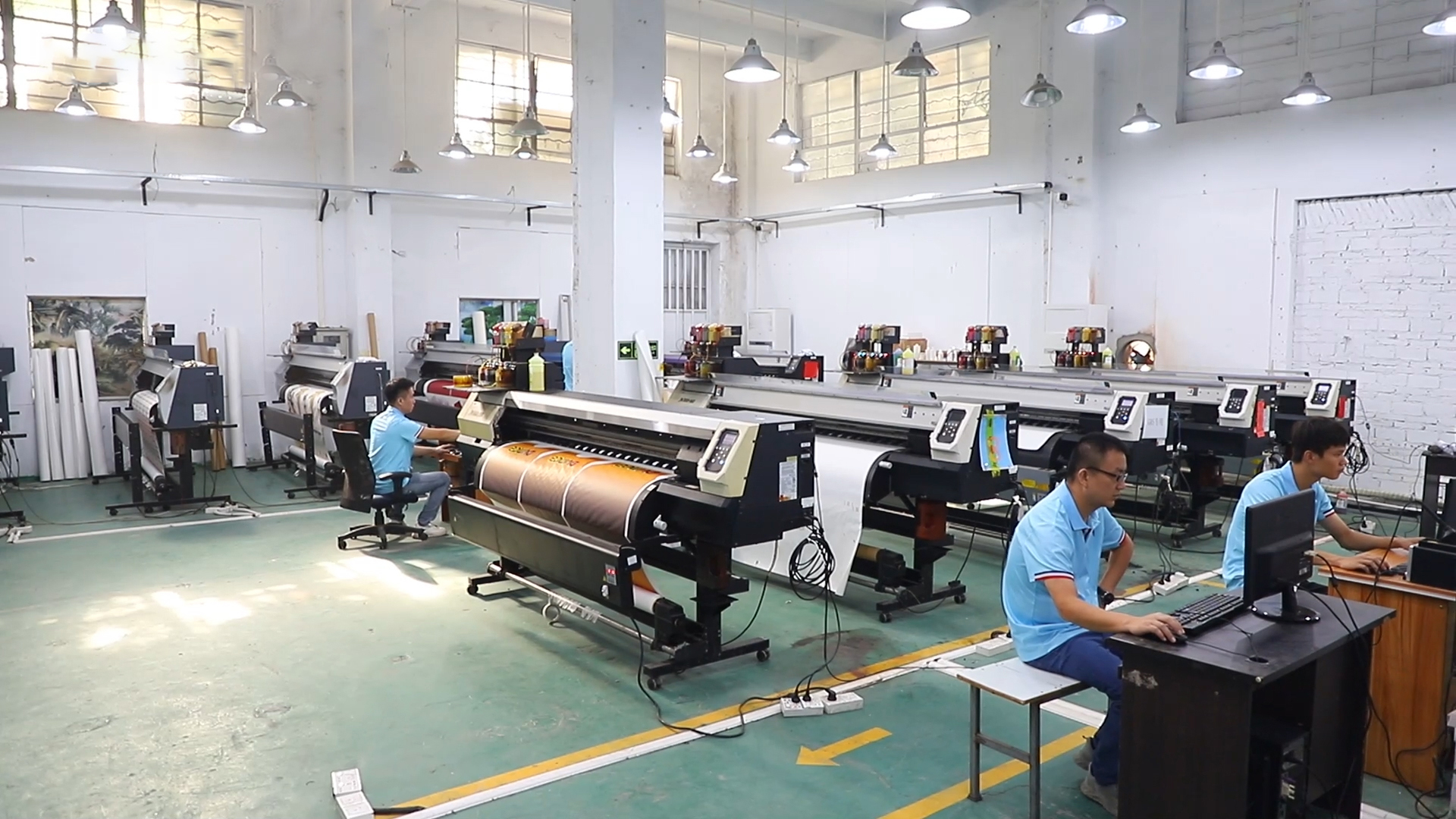
2.1 White Ink Direct - Jet Printing
White ink direct - jet printing is a cutting - edge technology that has revolutionized the small-batch printing industry. The process involves using specialized printers to directly deposit white ink onto the fabric. This is achieved by a print head that sprays tiny droplets of ink onto the textile surface, controlled by digital commands from a computer.
One of the significant advantages of white ink direct - jet printing is its versatility in handling both dark and light - colored fabrics. For dark - colored golf wear, the white ink serves as a base layer, allowing for vibrant and true - to - color designs to be printed on top. This is crucial for creating high - contrast and eye - catching patterns, such as bold logos or intricate geometric designs on black or navy - colored golf polos. On light - colored fabrics, it can still be used to add a layer of dimension or to create a more opaque print for certain design elements.
These printers typically use 9 - color inks, which significantly expands the color gamut. This means that a wider range of colors can be accurately reproduced, from the soft pastels preferred by some golfers for a more refined look to the bright, vivid colors that are popular for a more energetic and modern aesthetic. The high-resolution printing capabilities ensure that even the most detailed designs, like the fine lines in a custom - designed golf club logo or the delicate patterns inspired by nature, are printed with precision.
In the context of small - batch production, white ink direct - jet printing shines. It allows for quick turnaround times, making it ideal for golf apparel startups that need to rapidly produce samples or small runs of their unique designs. For example, if a startup has a new design concept for a limited - edition golf shirt collection, they can use this printing method to quickly produce a small batch for market testing. It also works well for reorders, as the digital files can be easily retrieved and printed again, ensuring consistency in the design and quality.
2.2 Discharge Printing
Discharge printing is a unique and intricate process that offers a distinct look to golf apparel. The underlying principle of discharge printing is based on a chemical reaction. It starts with a fabric that is pre - dyed with a reactive dye. When a discharge paste, which contains a reducing agent, is printed onto the fabric, it breaks down the existing dye molecules in the areas where the paste is applied. This effectively "discharges" the original color, creating a negative image of the design.
Compared to direct printing, discharge printing has some differences in cost and process control. While the initial setup cost for discharge printing can be higher due to the need for specialized chemicals and the pre - dyeing process, it can be more cost - effective in the long run for certain designs. For example, if a golf apparel brand wants to create a simple, yet high - quality, monochromatic design on a large number of pre - dyed garments, discharge printing can be a more economical choice. However, the process control is more challenging. The concentration of the reducing agent in the discharge paste, the temperature and time during the reaction process, and the type of fabric and pre - dye used all need to be carefully monitored. A slight variation in any of these factors can lead to inconsistent results, such as uneven color discharge or a change in the fabric's texture.
One way to identify discharge - printed fabrics is by examining the fabric closely. Discharge - printed areas often have a softer hand feel compared to the surrounding fabric. This is because the discharge process not only removes the dye but also slightly modifies the fabric's surface. Additionally, the edges of the printed design in discharge printing tend to be more diffused, creating a more organic and natural look, which can be a desirable aesthetic for certain golf apparel styles, such as those with a more laid - back, casual vibe.
2.3 Screen Printing (Manual, Flat, and Rotary)
2.3.1 Manual Screen Printing
Manual screen printing is a traditional and hands - on method that has been used in the textile industry for decades. The process begins with the creation of a screen, which is typically a fine - mesh fabric stretched over a frame. A stencil is then applied to the screen, blocking out the areas that should not be printed. The screen is placed on top of the fabric, and ink is poured onto the screen. Using a squeegee, the printer presses the ink through the open areas of the screen onto the fabric, creating the desired design.
The production speed of manual screen printing is relatively slow compared to more automated methods. It can produce around 50-90 yards per hour, depending on the complexity of the design and the skill of the printer. However, this method offers a high level of craftsmanship and flexibility. It is often used for creating limited-edition fashion golf clothing, where the unique, hand-made quality is highly valued. For example, a high - end golf apparel brand might use manual screen printing to create a small batch of exclusive, one-of-a-kind golf jackets with intricate, hand-drawn patterns. It is also suitable for small - batch trial sales products. Startups can use this method to produce a small number of samples to test the market's response to a new design concept without a large investment in equipment.
2.3.2 Flat Screen Printing
Flat screen printing, also known as automatic screen printing, uses a flat, rectangular screen made of a fine - mesh material, usually nylon or polyester. The screen is mounted on a frame, and the design is transferred onto the screen using a photosensitive emulsion. Once the screen is prepared, the fabric is placed on a flat table or conveyor belt. Ink is poured onto the screen, and a squeegee is used to push the ink through the open areas of the screen onto the fabric.
The production speed of flat screen printing is faster than manual screen printing, with a capacity of around 500 yards per hour. This method is well - suited for small - batch, multi - variety production. Golf apparel manufacturers can use it to produce different designs or colorways in small quantities. For instance, a company that offers custom - logo sport golf shirts can use flat screen printing to quickly produce a batch of shirts with different logos for various corporate clients or golf clubs. The ability to change the screen easily allows for quick transitions between different designs, making it a versatile option for meeting the diverse needs of the market.
2.3.3 Rotary Screen Printing
Rotary screen printing is a highly automated and efficient printing method. It uses a cylindrical screen, usually made of nickel, with fine holes through which the ink is forced onto the fabric. The fabric is fed continuously through the printing machine, and the rotary screen rotates as the fabric moves. A squeegee inside the screen presses the ink through the holes, creating the printed pattern on the fabric.
This method offers several advantages, with its continuous processing being a major one. It can achieve high production speeds, reaching up to 3500 yards per hour or more. This makes it ideal for large - scale production, such as when a well - established golf apparel brand needs to produce a large quantity of a popular golf shirt design. The consistent pressure applied by the rotary screen ensures a uniform print quality across the entire fabric. However, due to the high - cost of equipment and the need for large - scale production to justify the setup, it is less suitable for very small - batch production. But for companies with large orders and a need for quick and efficient production, rotary screen printing is a top choice.
2.4 Digital Ink - Jet Printing
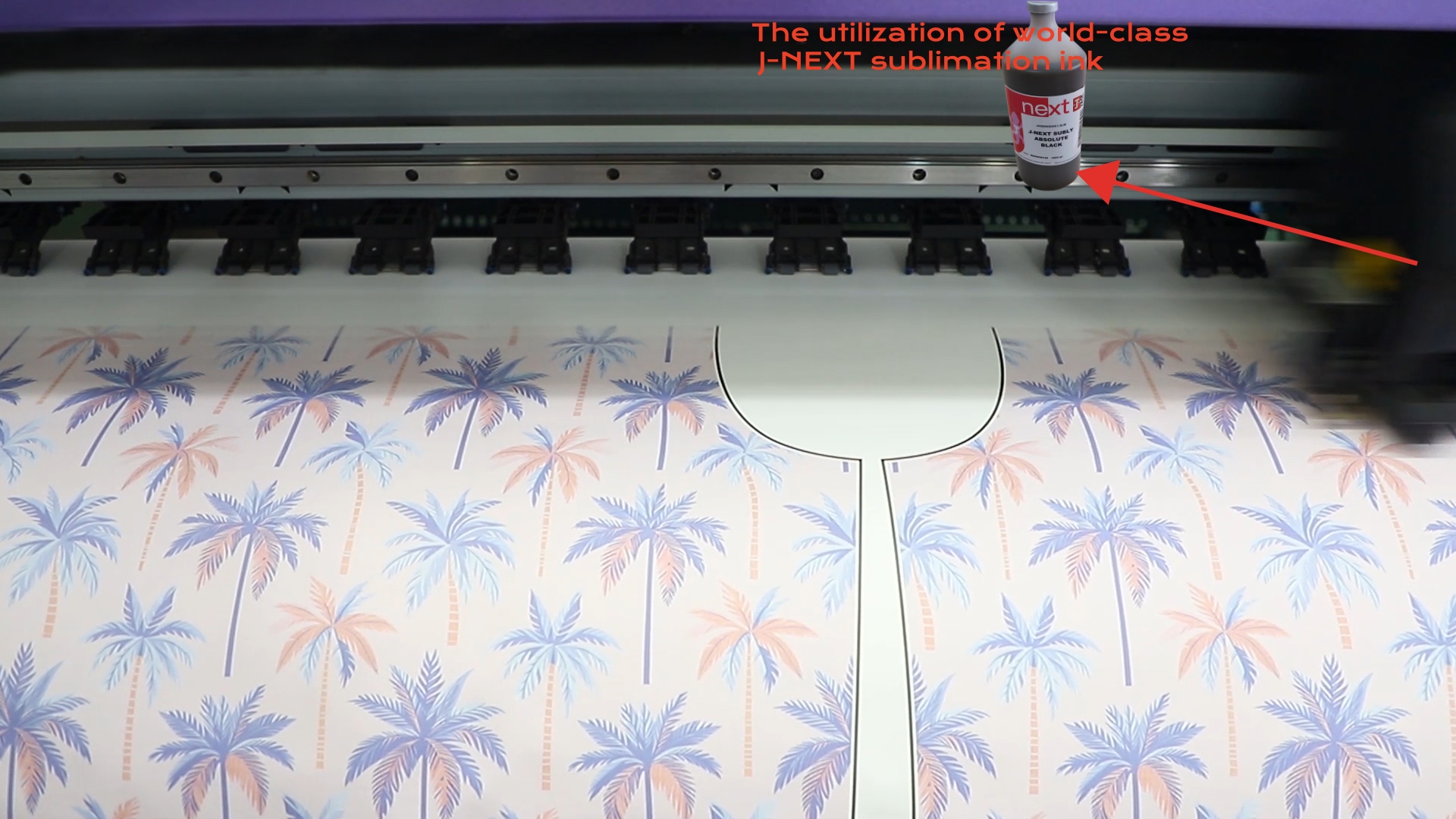
Digital ink - jet printing has its roots in the development of ink - jet printing technology for paper. Over time, this technology has been adapted and refined for use in the textile industry. The process involves using a digital printer to spray ink directly onto the fabric. The printer is controlled by a computer, which sends digital instructions to the print head, determining the placement and amount of ink deposited on the fabric.
In the context of small-batch order processing, digital ink-jet printing offers numerous advantages. Firstly, it is an environmentally friendly option. Since it does not require the use of large amounts of water or chemicals for the printing process, it reduces the environmental impact compared to some traditional printing methods. This is especially appealing to eco-conscious golf apparel brands that are looking to minimize their carbon footprint.
Secondly, digital ink - jet printing provides great flexibility. Design changes can be made easily and quickly in the digital file, allowing for last - minute adjustments or the creation of unique, one-off designs. For example, a golf apparel startup that wants to offer personalized golf wear can use digital ink - jet printing to create custom designs for individual customers. The ability to print small quantities without incurring high setup costs makes it an ideal choice for startups and small - scale production runs.
Moreover, the color range in digital ink - jet printing is extensive. It can reproduce a wide spectrum of colors with high accuracy, enabling the creation of detailed and vibrant designs. Whether it's a realistic image of a golf course landscape on a golf shirt or a complex, multi - colored logo, digital ink - jet printing can bring these designs to life with vividness and precision.
3. Leto Golf Manufacturing: Your Ideal Partner
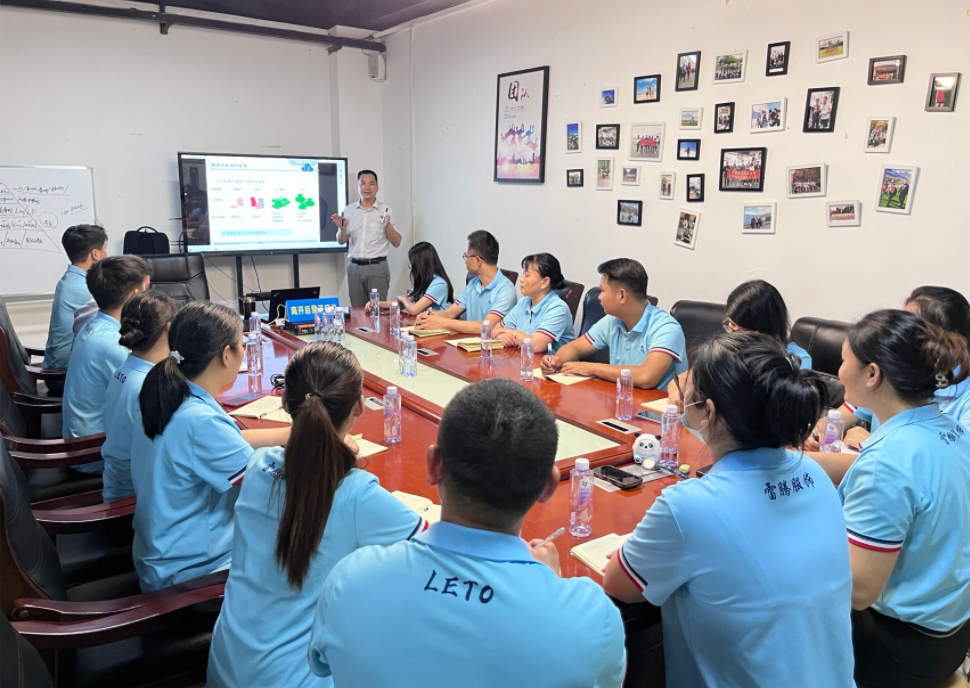
3.1 Our Comprehensive Customization Solutions
At Leto Golf Manufacturing, we pride ourselves on offering comprehensive customization solutions that cater to the diverse needs of our clients, whether they are golf apparel startups, individuals, or established brands. Our one - stop service covers every aspect of the production process, from the initial design concept to the final product delivery.
When it comes to design, our team of experienced designers is well-versed in the latest golf fashion trends. They work closely with clients to understand their unique vision, whether it's a bold, modern design for a startup looking to make a statement in the market or a classic, elegant design for a more traditional brand. We can incorporate various elements into the design, such as custom logos, unique patterns, and personalized color schemes. For example, if a golf club wants to create a special edition of golf shirts for its members, we can design shirts with the club's logo prominently displayed, along with a pattern inspired by the club's course layout or its history.
Once the design is finalized, we handle the production process with utmost care and efficiency. Our state - of - the - art manufacturing facilities are equipped with the latest technology and machinery, ensuring that every product is made to the highest standards. We use only premium - quality fabrics, sourced from trusted suppliers, to guarantee the durability and performance of our golf wear. Whether it's moisture - wicking fabric for those hot summer rounds or insulating fabric for cooler weather, we have the right materials to meet the functional requirements of golfers.
During the production process, we maintain strict quality control measures. Each product undergoes multiple inspections to ensure that it meets our high - quality standards. We also keep clients informed about the progress of their orders, providing regular updates on production timelines and any potential issues that may arise. This transparency helps to build trust and ensures a smooth production process.
3.2 State-of-the-Art Printing and Embroidery Equipment
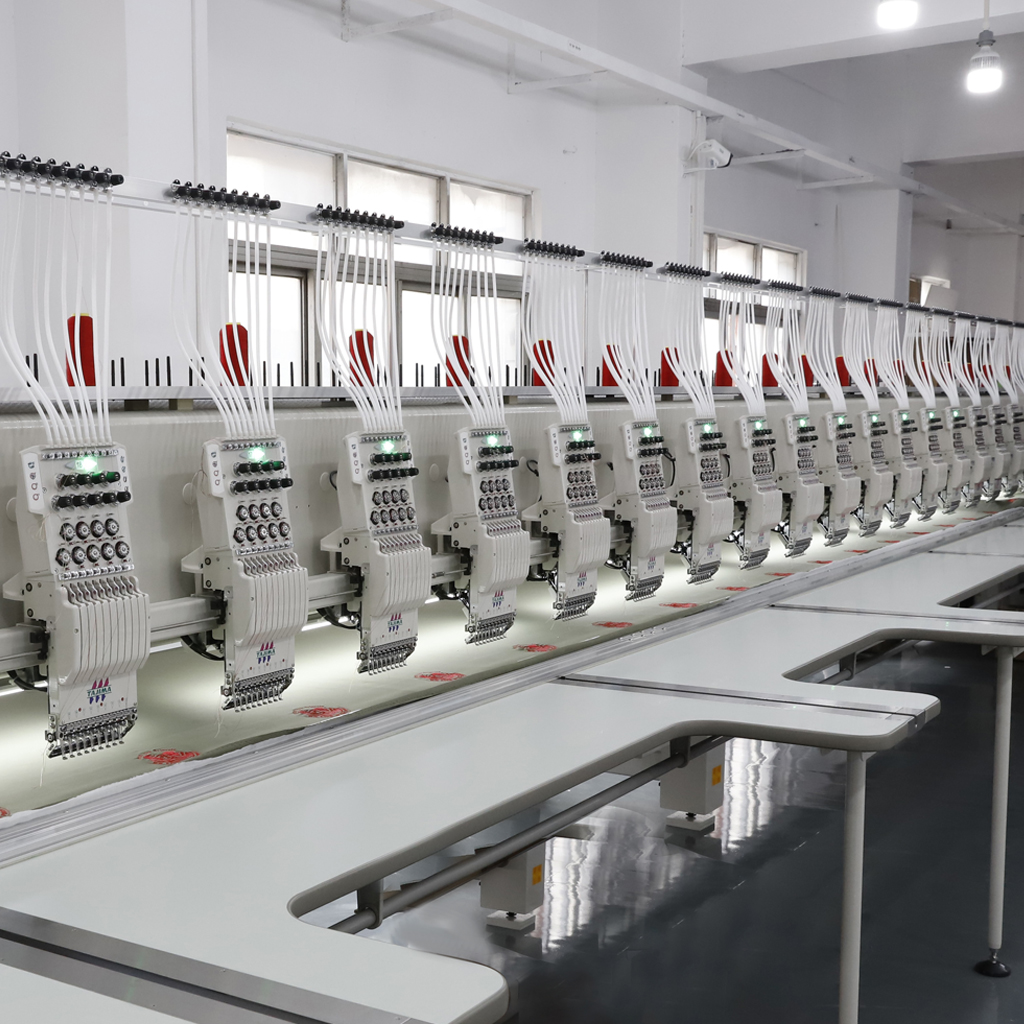
Our factory is equipped with a wide range of state-of-the-art printing and embroidery equipment, which is crucial for achieving high - quality, intricate designs. For printing, we have advanced white ink direct - jet printers, which, as mentioned earlier, are capable of producing vivid and detailed prints on both light and dark-colored fabrics. These printers can handle a large number of colors, allowing us to bring even the most complex design concepts to life.
We also have top-of-the-line digital ink-jet printers, which are ideal for small - batch production and customization. Their ability to print directly from digital files means that we can quickly and easily make design changes, reducing the time and cost associated with traditional printing methods. This is especially beneficial for golf apparel startups that may need to test different design ideas or make last - minute adjustments to their products.
In addition to printing equipment, we have a variety of embroidery machines. These machines can create high - quality embroidery designs, adding a touch of elegance and sophistication to our golf wear. Whether it's a simple monogram or a complex, multi-colored logo, our embroidery machines can stitch it with precision and detail. The embroidery threads we use are of the highest quality, ensuring that the designs are durable and long - lasting.
The use of these advanced printing and embroidery equipment not only allows us to produce high - quality products but also gives us the flexibility to meet the unique needs of our clients. We can handle a wide range of design styles and requirements, from minimalist and modern designs to more elaborate and traditional ones.
3.3 Quality Assurance and Service Spirit
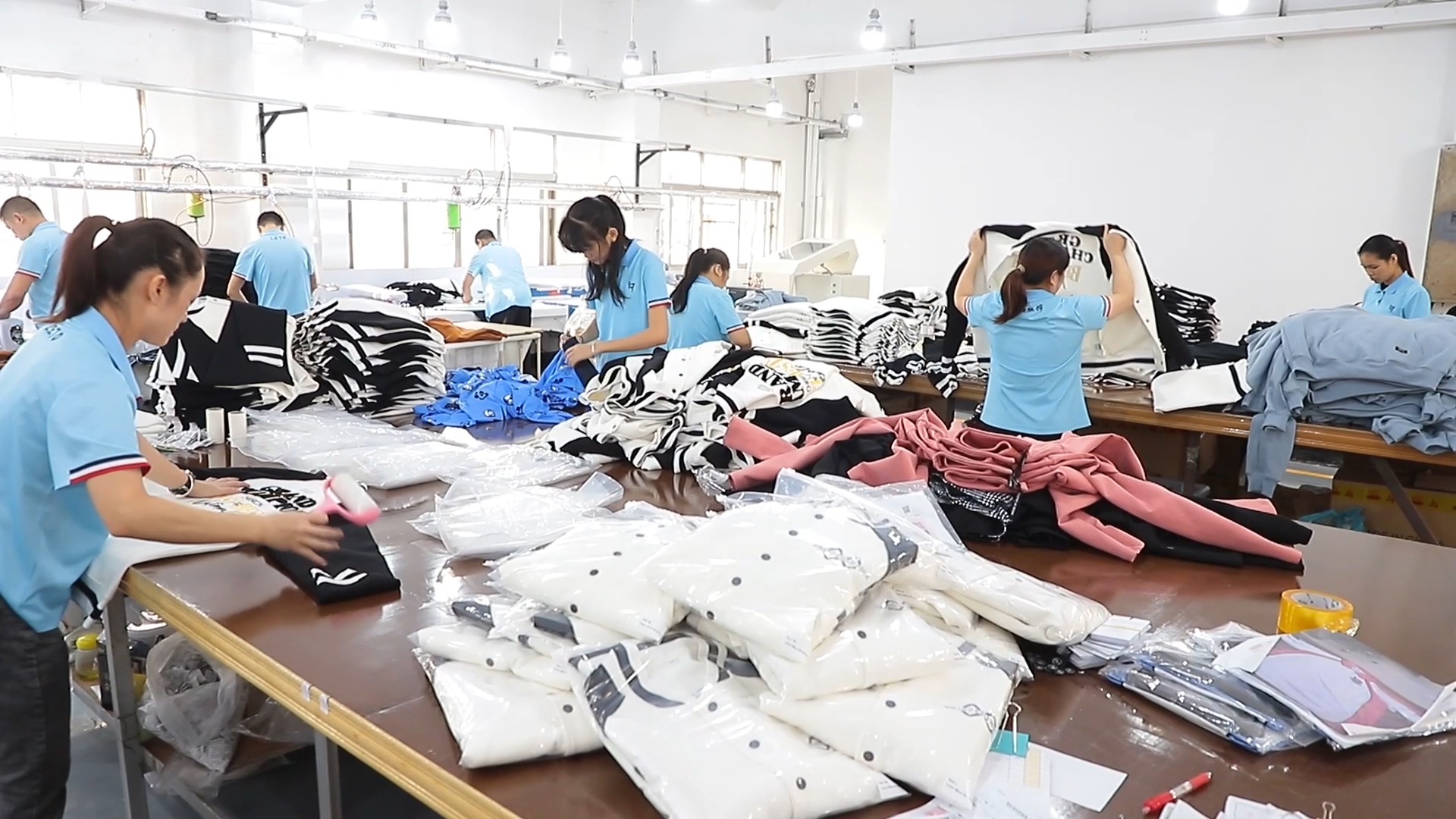
Quality is at the core of everything we do at Leto Golf Manufacturing. We have a strict quality control system in place that starts from the moment we source our raw materials. We carefully select our fabric suppliers, ensuring that the materials we use are not only of high quality but also meet the specific requirements of golf apparel, such as breathability, moisture-management, and durability.
During the production process, our quality control team conducts regular inspections at every stage. They check for any defects in the fabric, printing, or embroidery, and if any issues are found, they are immediately addressed. This proactive approach helps to prevent quality problems from occurring and ensures that our products are of the highest standard.
Even after the products are shipped, our commitment to quality continues. We offer excellent After-sales service to our clients. If a client has any issues with their order, whether it's a problem with the quality of the product or a question about sizing or customization, our customer service team is always ready to assist. We respond promptly to customer inquiries and work with them to find a satisfactory solution as quickly as possible.
Our service spirit is also reflected in our ability to work closely with clients throughout the entire production process. We listen to their needs, provide expert advice, and offer solutions that are tailored to their specific requirements. Whether it's helping a startup with its first product line or assisting an established brand with a new design concept, we are dedicated to providing the highest level of service and support.
4. Success Stories and Testimonials
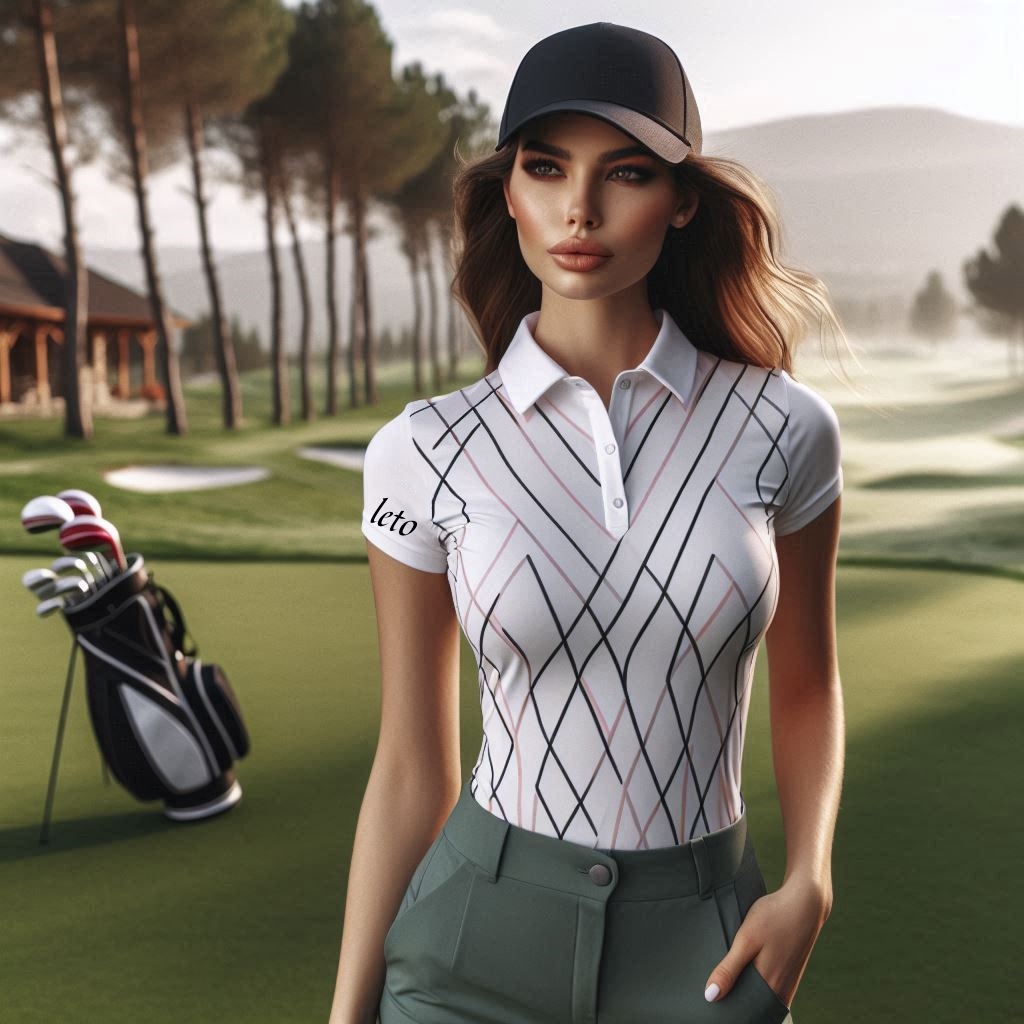
Over the years, Leto Golf Manufacturing has had the privilege of collaborating with a diverse range of clients, from budding golf apparel startups to well-established brands. These partnerships have not only been successful business endeavors but have also resulted in the creation of unique and high - quality golf wear that has made a mark in the market.
4.1 Partnering with Startups: A Launchpad to Success
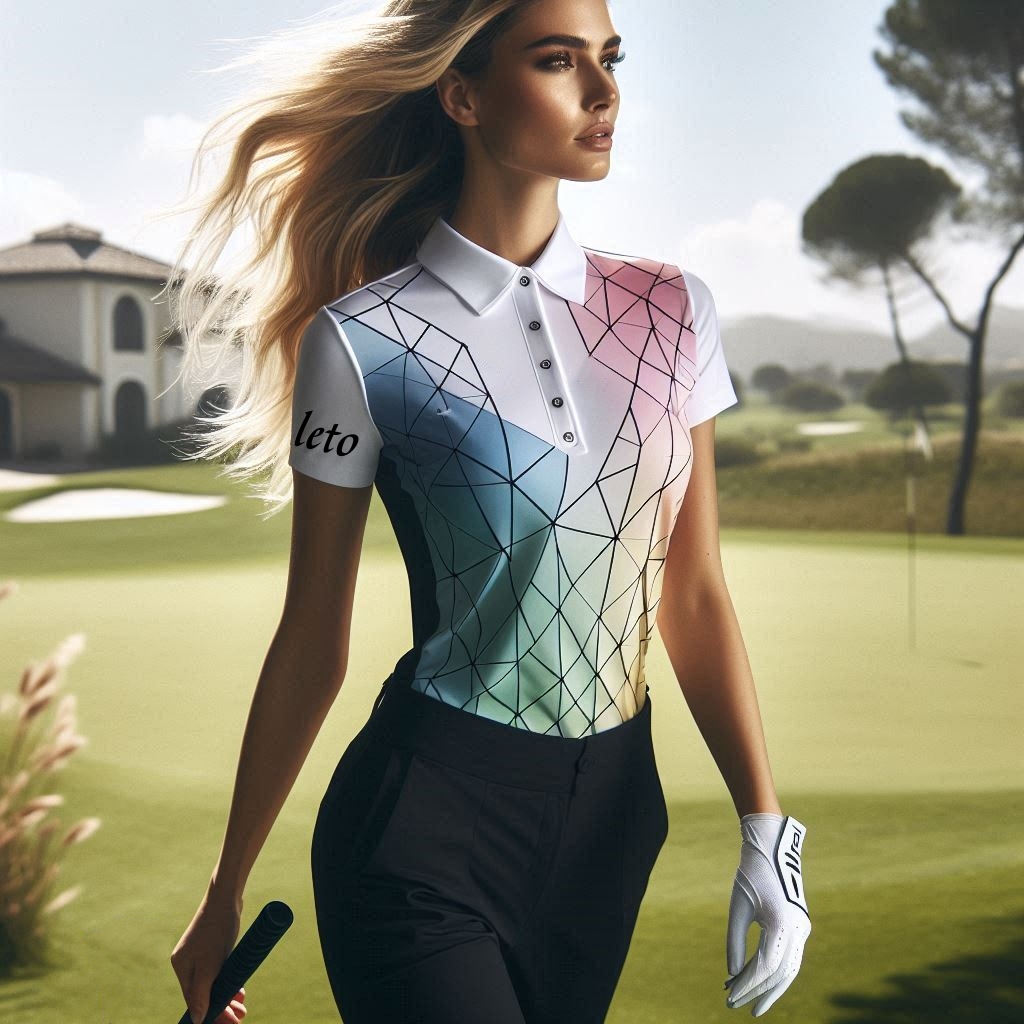
One such startup, Vivegolf, had a revolutionary idea for a line of sustainable golf apparel. They wanted to use organic cotton and recycled materials to create golf shirts, pants, and outerwear that were not only eco-friendly but also stylish and functional. However, as a new entrant in the market, they faced challenges in finding a manufacturing partner who could bring their vision to life, especially in small - batch production.
Leto Golf Manufacturing stepped in and provided a comprehensive solution. Our design team worked closely with the startup's founders to refine their design concepts, ensuring that the use of sustainable materials did not compromise on style or performance. We used our state-of-the-art digital ink-jet printing technology to create custom designs that incorporated nature-inspired patterns, reflecting the brand's eco-conscious values.
The result was a collection of golf wear that received rave reviews in the market. The startup was able to gain a foothold in the competitive golf apparel industry, with their products being stocked in several high-end golf stores and online platforms. As the founder of [Startup Name] said, "Leto Golf Manufacturing was not just a manufacturer; they were a true partner. Their expertise in small-batch production and customization, combined with their commitment to quality, helped us launch our brand successfully. We couldn't have done it without them."
4.2 Elevating Established Brands: Adding Value through Customization
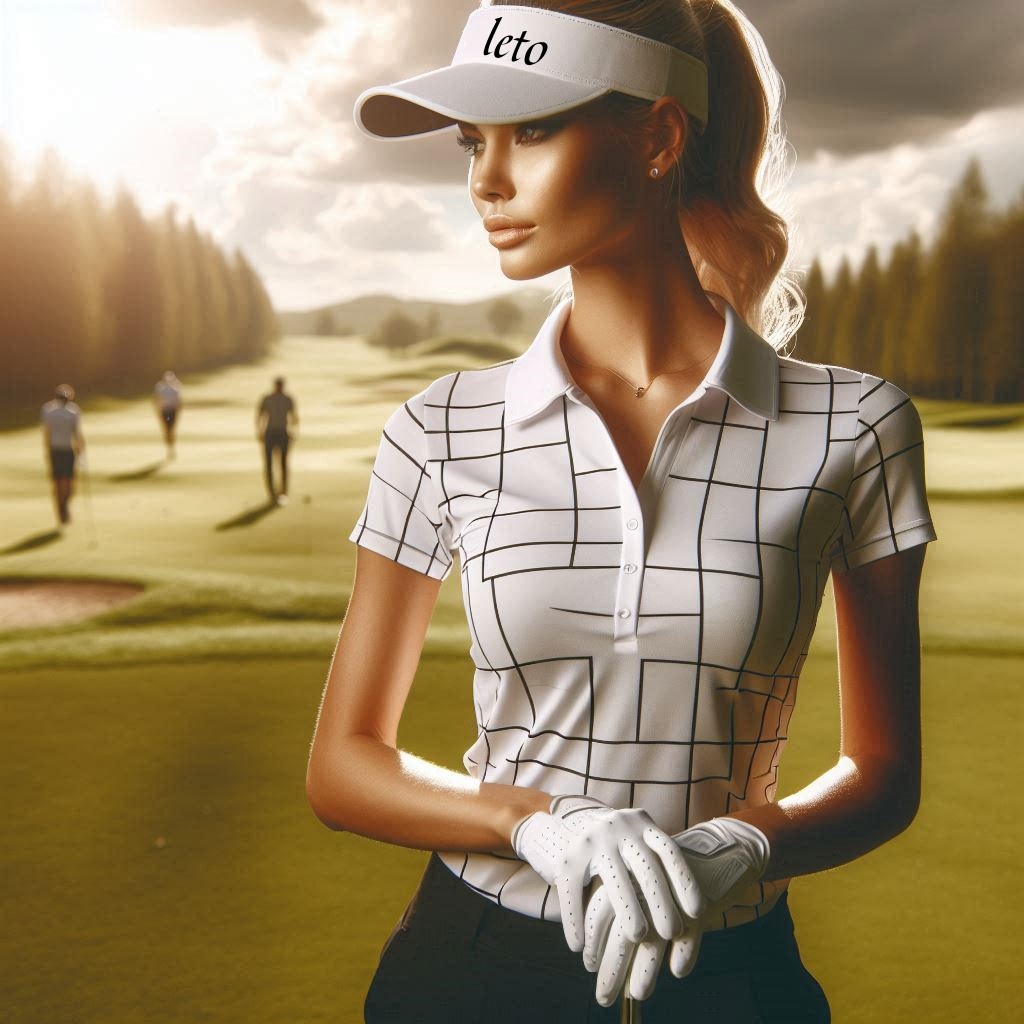
For an established luxury golf apparel brand, [Brand Name], Leto Golf Manufacturing played a crucial role in refreshing their product line. The brand wanted to introduce a limited - edition collection of custom-embroidered golf polo shirts for their most loyal customers. The goal was to create a sense of exclusivity and enhance the brand's image as a provider of high-end, personalized golf wear.
Our team of skilled embroiderers used the latest embroidery machines to create intricate and detailed designs on the polo shirts. We worked with the brand's designers to select the finest threads and materials, ensuring that the embroidery not only looked stunning but also added to the overall quality and durability of the shirts. The limited - edition collection was a huge success, with the shirts selling out within weeks of their launch. The brand reported a significant increase in customer satisfaction and brand loyalty, with many customers praising the unique and high - quality designs.
These success stories are a testament to Leto Golf Manufacturing's commitment to excellence in customization, quality, and service. Whether it's helping a startup make its mark or assisting an established brand in staying ahead of the competition, we are dedicated to providing our clients with the best possible solutions for their golf apparel needs.
5. Future Trends in Golf Clothing Printing
5.1 The Emergence of Sustainable Printing Materials and Technologies
As environmental awareness continues to grow among consumers, the demand for eco - friendly golf apparel is on the rise. This shift in consumer preference is driving the development of more sustainable printing materials and technologies in the golf clothing industry.
One of the key trends is the use of water-based inks. Water-based inks are a more environmentally friendly alternative to traditional solvent-based inks. They contain fewer volatile organic compounds (VOCs), which are harmful to the environment and human health. When printed on golf apparel, water - based inks provide a soft hand feel, similar to the natural texture of the fabric. This is particularly important for golfers who value comfort during their long hours on the course. Brands like Patagonia have been at the forefront of using water - based inks in their outdoor apparel, and the golf clothing industry is following suit.
Another sustainable technology gaining traction is digital textile printing, which we've previously discussed in the context of small - batch production. Digital printing not only offers design flexibility and low - waste production for small - batch orders but also has a lower environmental impact compared to some traditional printing methods. Since it prints only what is needed, there is less ink waste. Additionally, the lack of need for large - scale pre - production processes, such as screen - making in screen printing, reduces the use of chemicals and energy.
5.2 The Impact of Digitalization and Automation in Printing
Digitalization and automation are revolutionizing the golf clothing printing process. In the future, we can expect to see even more advanced digital design tools that allow for greater creativity and precision. These tools will enable designers to create highly detailed and complex designs, such as 3D - like patterns or augmented reality-enabled designs that can be interacted with through mobile devices.
Automation in printing machinery is also set to increase. Automated printers can operate with high precision and speed, reducing human error and increasing production efficiency. For example, robotic arms can be used to load and unload fabrics, and automated color-matching systems can ensure consistent color quality across different production runs. This not only improves the quality of the printed products but also reduces production time and cost.
Moreover, the integration of artificial intelligence (AI) in the printing process is on the horizon. AI can analyze data from previous print jobs, such as customer preferences, fabric types, and ink usage, to optimize the printing process. It can predict potential issues, such as color fading or ink clogging, and make real - time adjustments to prevent these problems. This level of automation and intelligence will enable golf clothing manufacturers to produce high - quality, customized products more efficiently, meeting the growing demands of the market.
6. Conclusion
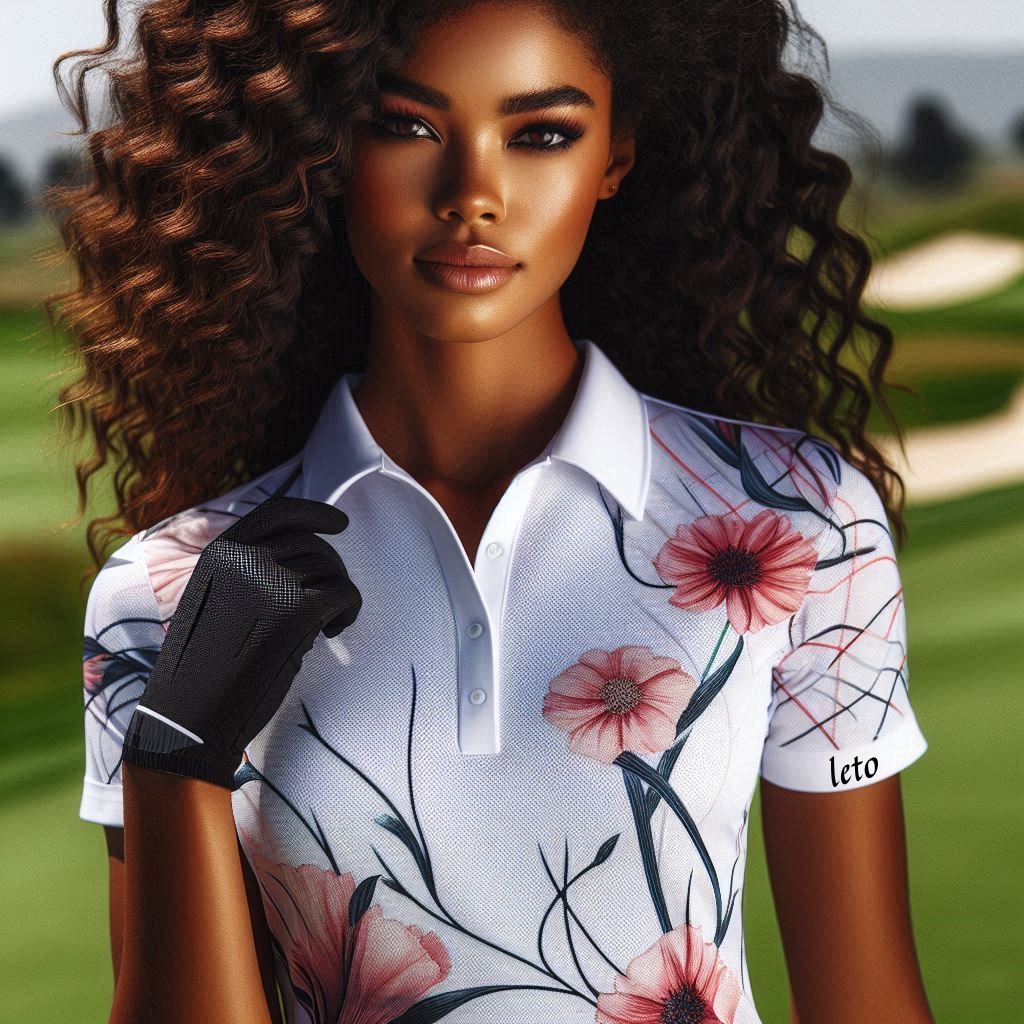
In conclusion, small-batch printing processes play a pivotal role in the modern golf clothing manufacturing landscape. The diverse range of techniques, from white ink direct-jet printing to rotary screen printing, offers a wealth of options for creating unique, high - quality golf apparel. These processes enable golf apparel startups to bring their innovative designs to life, allow individuals to express their personal style, and provide established brands with the means to refresh their product lines and stay competitive.
Leto Golf Manufacturing stands out as an ideal partner in this ecosystem. Our comprehensive customization solutions, state-of-the-art printing and embroidery equipment, and unwavering commitment to quality assurance and service spirit make us well-equipped to meet the diverse needs of our clients. Whether it's a startup looking to make a mark with its first collection or an established brand seeking to enhance its product offerings, we have the expertise and resources to deliver exceptional results.
As the golf clothing industry continues to evolve, driven by trends such as sustainability and digitalization, Leto Golf Manufacturing is committed to staying at the forefront. We will continue to invest in new technologies, expand our capabilities, and work closely with our clients to create golf wear that not only meets but exceeds the expectations of the modern golfer.
Post time: 25-02-15








